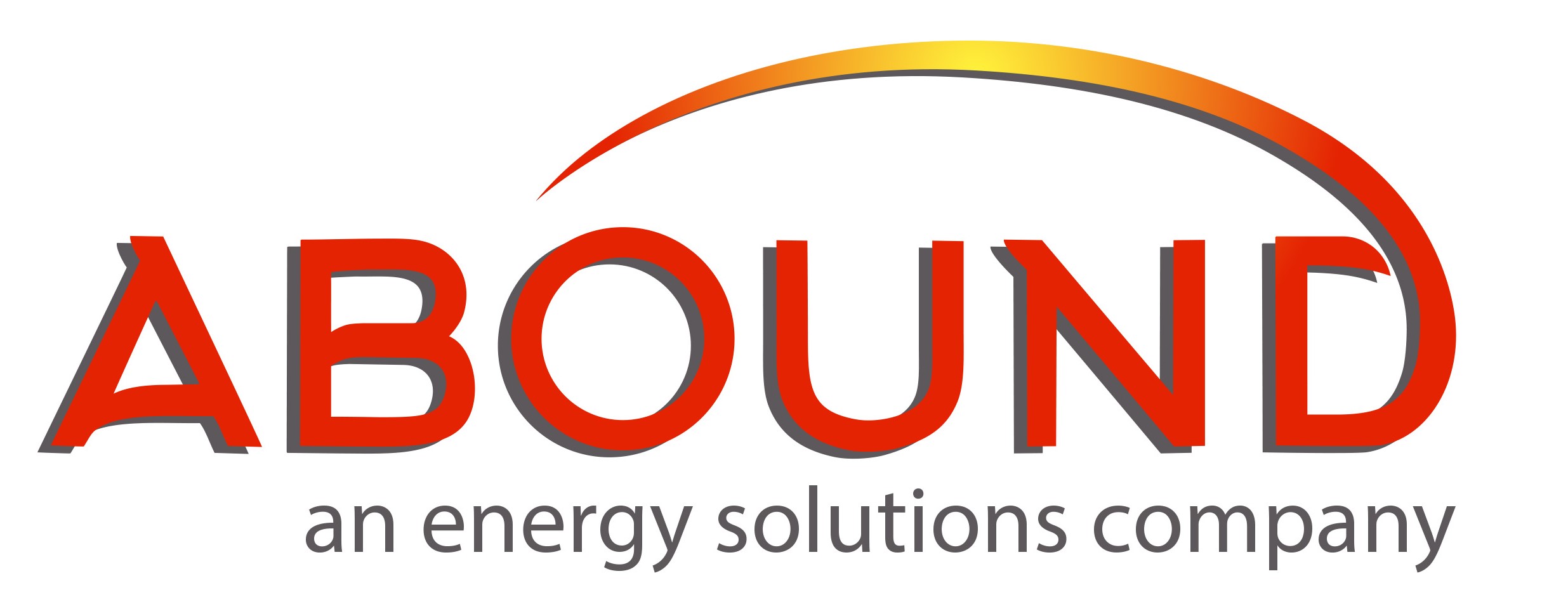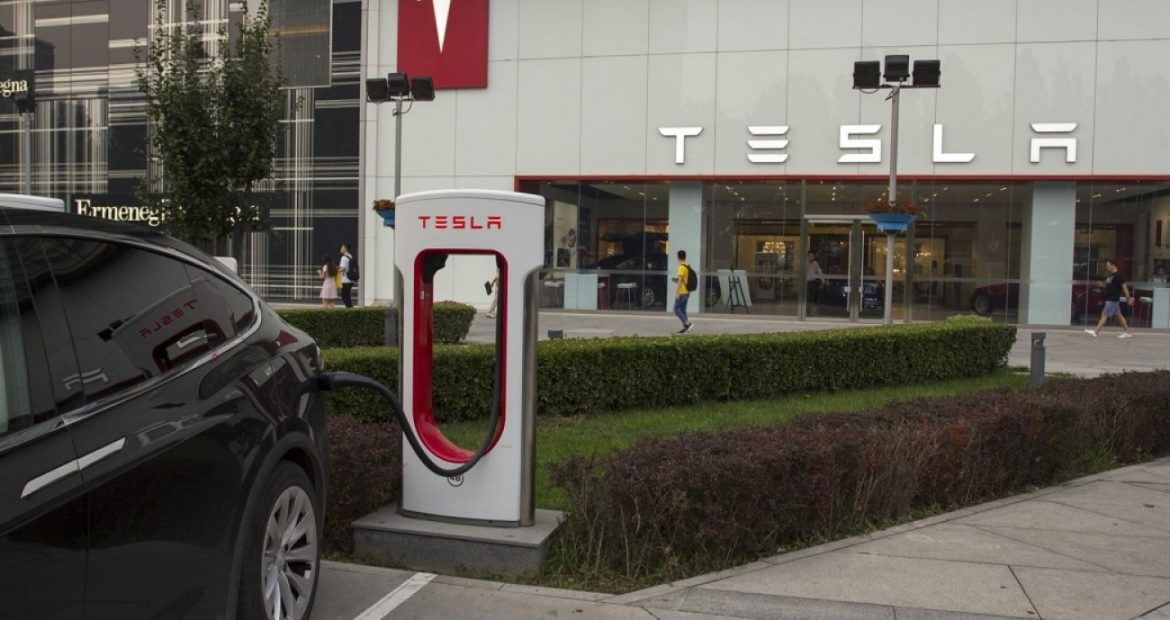With the U.S. Presidential, Congressional and Senate elections just weeks away, energy policy has become a key topic of debate. Energy is the life force of our modern economy with energy policy affecting all Americans. While the U.S. currently is the leading oil and gas producer, the development of new, clean energy resources is of vital importance as we pivot towards a more sustainable society.
So how will America be able to dramatically reduce their carbon footprint? All-electric vehicles produce zero direct emissions, which significantly helps improve air quality. American’s initial reluctance to make the switch from gas tanks to electrons for cars was due to sparse recharging infrastructure, cheap oil, and the higher cost of electric vehicles.
The Elon Musk Paradigm Shift
Enter Elon Musk, who graciously applied an open source philosophy to his electric car patents back in 2014, so that the world could benefit from a common, rapidly-evolving technology platform. There’s no doubt that Musk’s actions will soon actualize Tesla’s goal of delivering low-cost batteries designed to last for a million miles of use which will enable electric vehicles to sell for the same or lower price than gasoline vehicles.
While consumers will soon have many more options in low-cost electric vehicles, they are still faced with a gap in charging capacity. McKinsey reports that “total charging-energy demand for the EV vehicle population across China, Europe, and the United States could grow dramatically from 2020 to 2030, increasing from roughly 20 billion kilowatt-hours to about 280 billion kilowatt-hours.” This is truly astonishing.
Where to Charge?
Of the top 100 U.S. metro areas, 88 don’t have enough EV charging infrastructure to support the 3 million EV’s expected to be on the road by 2025, according to the International Council of Clean Transportation. This estimate was made before anticipated rumored near-term announcements of new 600 to 700-mile range batteries for EV’s.
Electric utilities are crucial partners for EV charging infrastructure programs with utilities needing to provide up to 733 terawatt-hours by 2030 to support the EV load, according to the Smart Electric Power Alliance (SEPA). While utilities have proven their ability to adapt and innovate, many utilities will likely be unprepared for this abrupt load increase.
Utility/Energy Storage Collaboration Crucial
Research from SEPA found that 75% of utilities were in the earliest stages of their EV program development. Now is the time for America’s utilities to collaborate with energy storage innovators to develop a strong EV strategy to leverage EVs as a grid asset.
In an era of accelerating change in the electricity markets, the ability to achieve sustainable growth strengthens the momentum of America’s energy transformation. While the transformation is gaining momentum, it must happen faster. The energy and climate policies adopted by the next U.S. administration will overwhelmingly influence global economic investments and geopolitical affairs. This in large measure will determine the speed of the development of new high paying sustainable jobs in America’s new green economy.
Our collective future requires clean air and our pathway to that environmentally-sound planet demands energy storage systems. The utility sector’s ‘bet’ on energy storage is a wager that will deliver a cleaner planet that will thrive for current and future generations.
–
Ron MacDonald is a Grit Daily contributor and President and CEO of Zinc8 Energy Solutions (CSE: ZAIR), the leader in Zinc-Air battery technology. The Zinc-Air Flow Battery from Zinc8 Energy Solutions is an energy storage solution designed to serve a wide range of long duration applications for microgrids and utilities.


